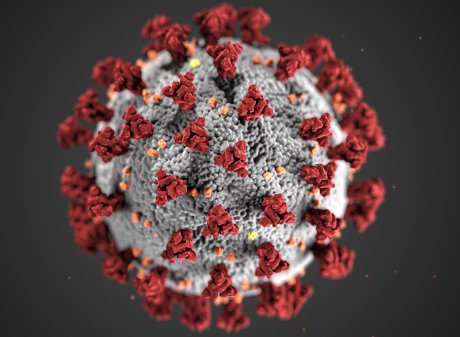The SARS-CoV-2 coronavirus that causes COVID-19 uses another receptor called Neuropilin-1 to make it more infectious to human cells, according to researchers from Technical University of Munich and the University of Helsinki.
Digest Points
Neuropilin-1 is very abundant in many human tissues including the respiratory tract, blood vessels and neurons. They are receptors on the surface of cells, and are involved in the formation of blood vessels and the development of the nervous system.
It is known that the spike protein on the surface SARS-CoV-2 binds to the another receptor known as ACE2, which is them main receptor SARS-CoV-2 uses to infect human cells.
Researchers discovered a “second key” on the surface of SARS-CoV-2 that binds to the receptor Neuropilin-1.
By blocking Neuropilin-1, scientists were able to significantly reduce infection in laboratory cell cultures.
If this blocking work, a therapeutic approach can be developed to reduce the infection rate of SARS-CoV-2 in humans.
Quote of Emphasis:
“If you think of ACE2 as a door lock to enter the cell, then neuropilin-1 could be a factor that directs the virus to the door. ACE2 is expressed at very low levels in most cells. Thus, it is not easy for the virus to find doors to enter. Other factors such as neuropilin-1 might help the virus finding its door.”
— Dr. Giuseppe Balistreri, University of Helsinki press release

